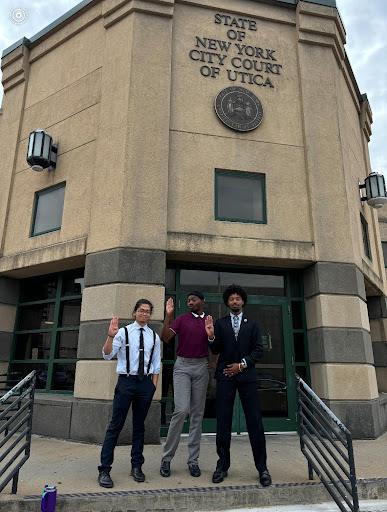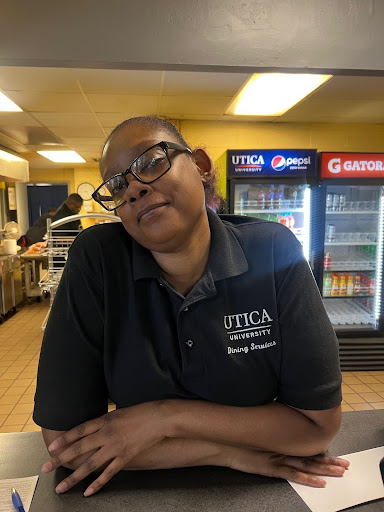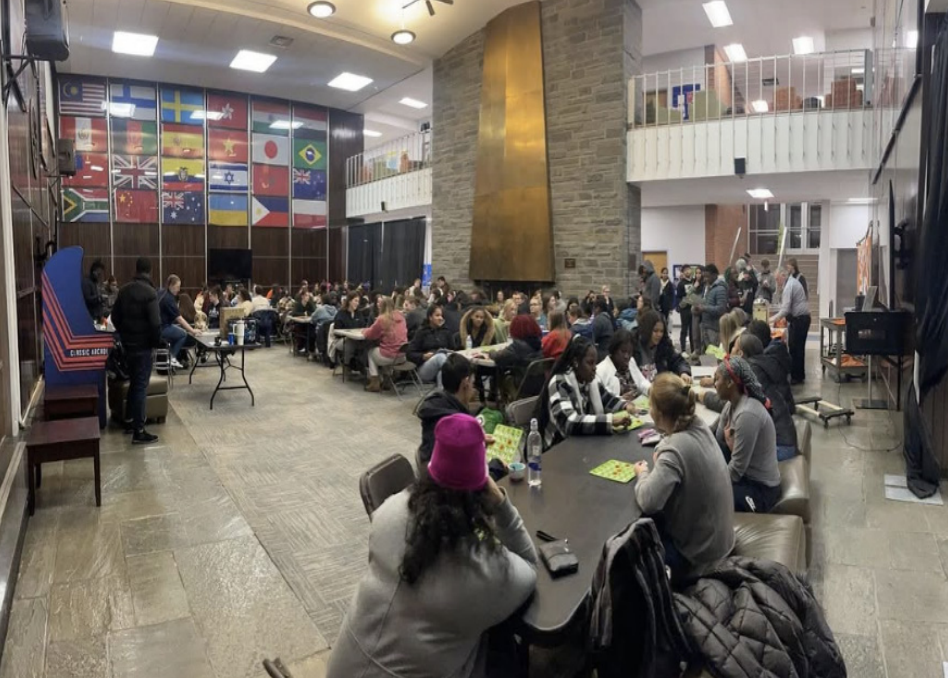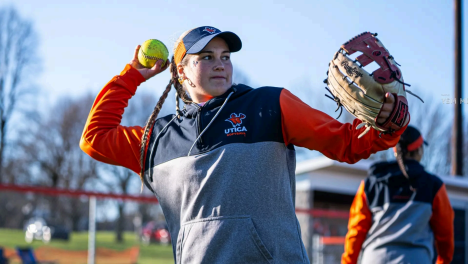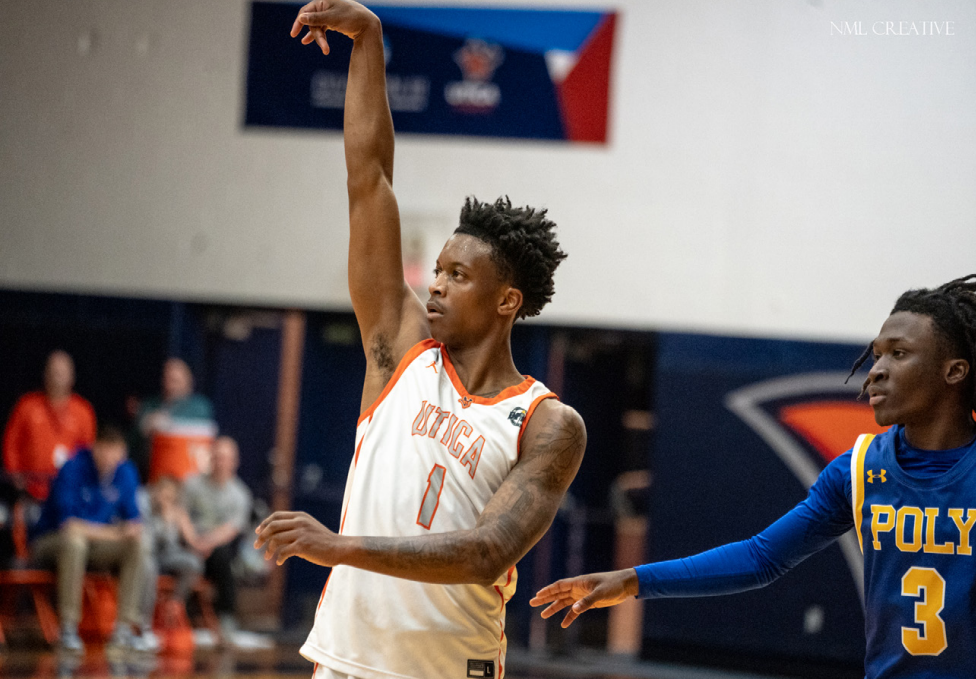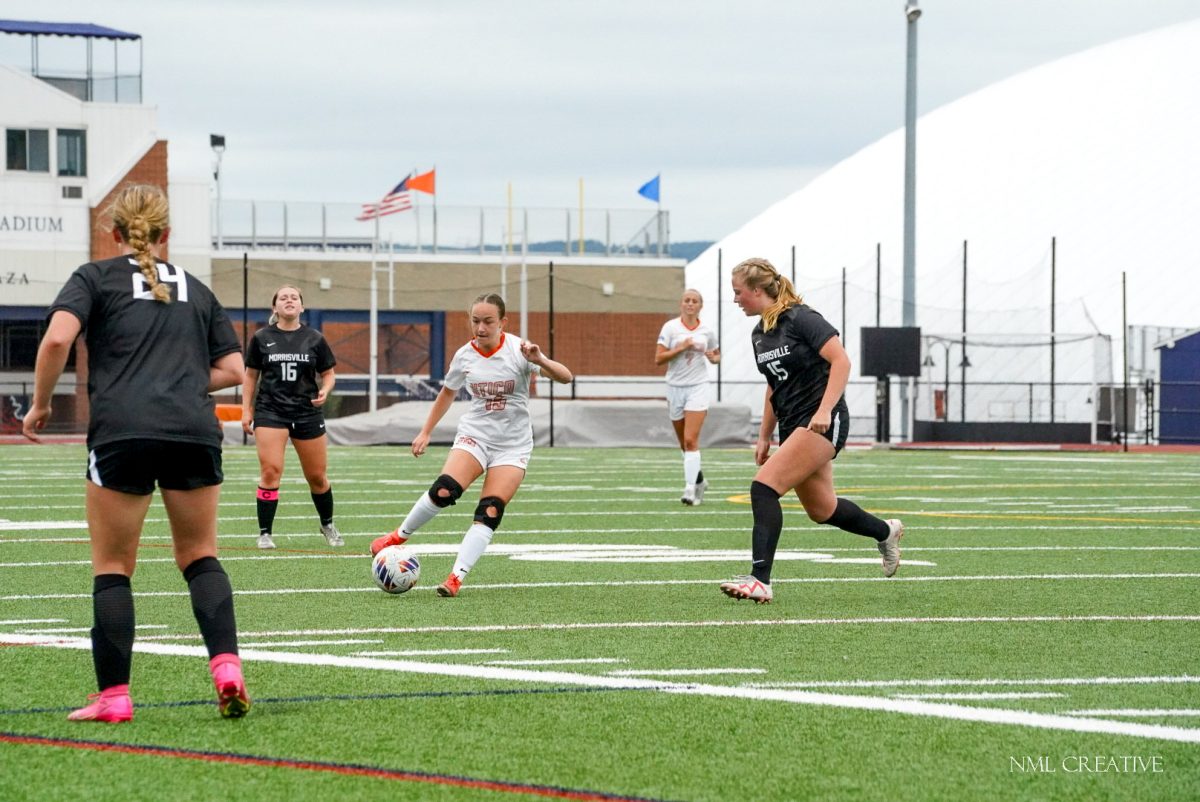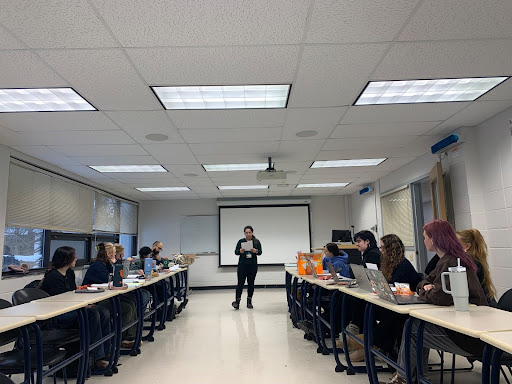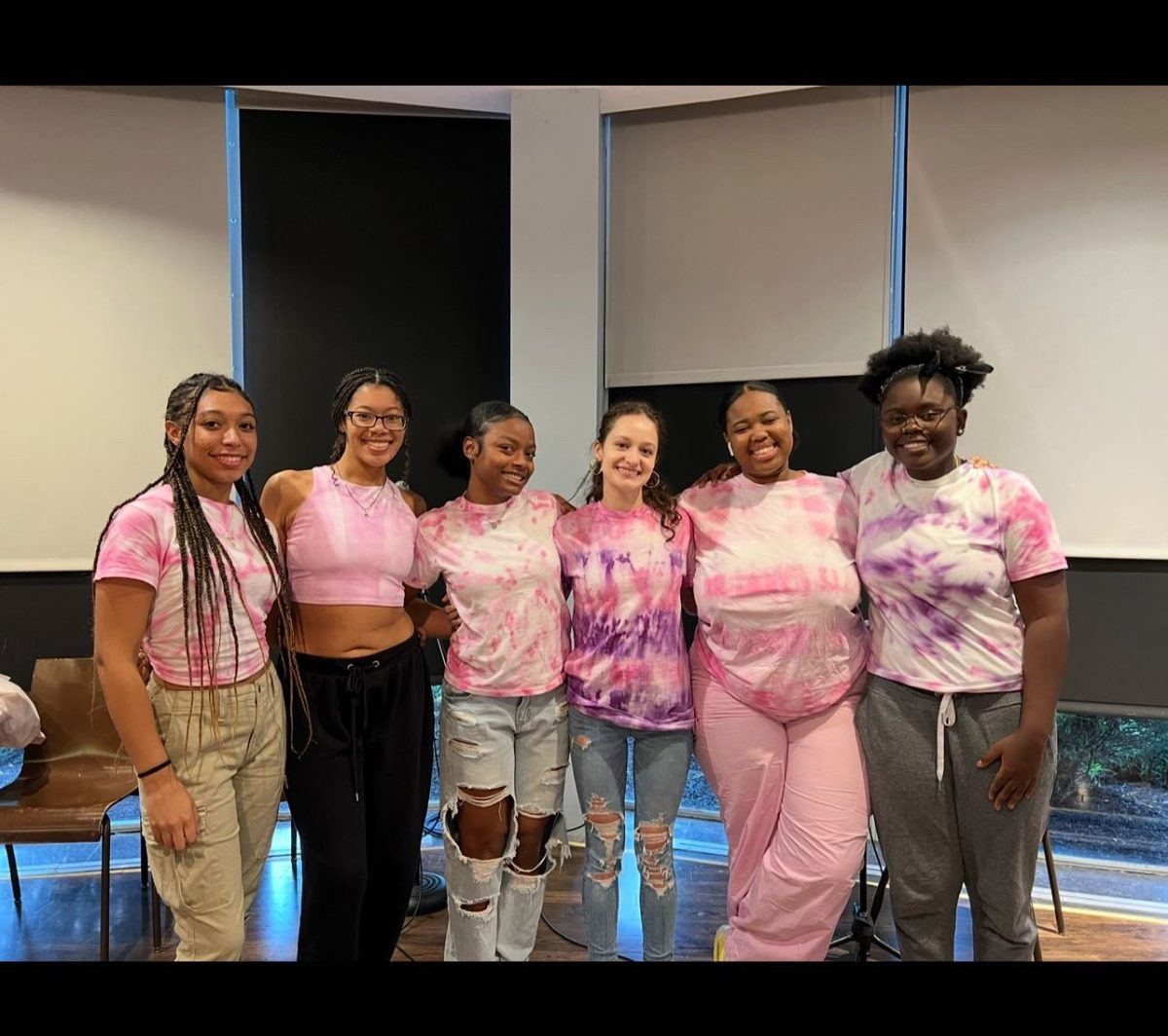Ben Mehic, Managing News Editor
One in five women and one in 16 men are sexually assaulted while in college, according to the National Sexual Violence Resource Center. Those numbers, though, aren’t always reflected in the campus safety statistics that institutions are required to submit publicly on an annual basis.
Recently, Utica College released its campus safety statistics. As a result of the Jeanne Clery Act, which was passed in 1990, and Title IX, institutions are lawfully obligated to submit these reports.
Virtually every college in our region, including Hamilton College, St. John Fisher College and Herkimer County Community College, published the yearly report, which includes wrongdoings ranging from murder and forcible sex offenses to motor vehicle theft.
The following chart represents statistics that were totaled from 2013 to 2015. It includes incidents that happened on campus, in campus student housing facilities, non-campus properties and public property.
In compliance with the law, all institutions are required to include statistics that were reported, even if further action wasn’t taken. For instance, if a report occurred on campus but the police were not involved, the institution is still required to include the incident in its annual report.
Regardless, the numbers do not reflect what’s truly happening, even when campus safety and those involved with reporting follow the procedures.
A stigma attached to reporting incidences could be the reason why the numbers are what they are, according to Title IX Deputy Coordinator Alane Varga.
“I think that it’s getting better, but there’s perceived concern about people and their response. There may be a perception that if you come forward and report there’s only one course of action we can take,” Varga said. “People think the immediate response is we’re going to call the police. For the most part, we have a wide variety of options at our fingertips.”
It undoubtedly takes a lot of courage to come forward and report an incident, especially if it occurs on a campus with a small student population. As Varga noted, abusers often attack people who they know, which makes it even more difficult for someone to report an incident.
“Small campuses sometimes have that struggle,” Title IX Coordinator Lisa Green said. “Our job and our education is here to break that down. It’s safe to come and talk to us.”
Since the idea of privacy is almost nonexistent, the concept of confidentiality is difficult to grasp. That isn’t true on the UC campus, though.
There are a number of outlets that students and staff can use to report incidents without compromising their identity.
According to Director of Campus Safety Wayne Sullivan, students are not required to speak to authorities if they do not feel comfortable doing so.
“We try to educate them. That’s the only thing we can do. If you don’t know about things, it’s hard to make positive advancements,” Sullivan said. “The hardest part of sexual assault is getting people to come forward.”
Even with knowing the difficulties of speaking up about occurrences, some students on campus were skeptical about the statistics after viewing the report.
“I suspect some of the skepticism comes from when you see a zero or low number, you say ‘gosh, it’s got to be higher than that. The college is protecting its reputation by lowering stats.’ I can tell you absolutely we are not doing that,” Dean of Students Robert Perkins said. “That would be very foolish in this day and age. That would be a very dangerous thing for any school to do.”
Perkins is hopeful that everyone on campus has taken Haven – an online course that’s used to educate incoming freshmen, athletes and transfer students about sexual assault, violence and general misbehavior.
With that in mind, students should learn about the resources that are available both on and off campus.
A report doesn’t tell the whole story, as Green said. Every student is treated personally and the statistics are used to comply with the law and follow trends that might be occurring, according to Green.
“The numbers, yeah, I get it, that’s what people see – but you can’t look at things in terms of numbers,” Green said “Every situation deserves individual attention.”

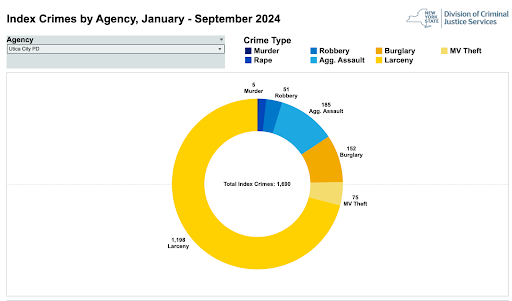





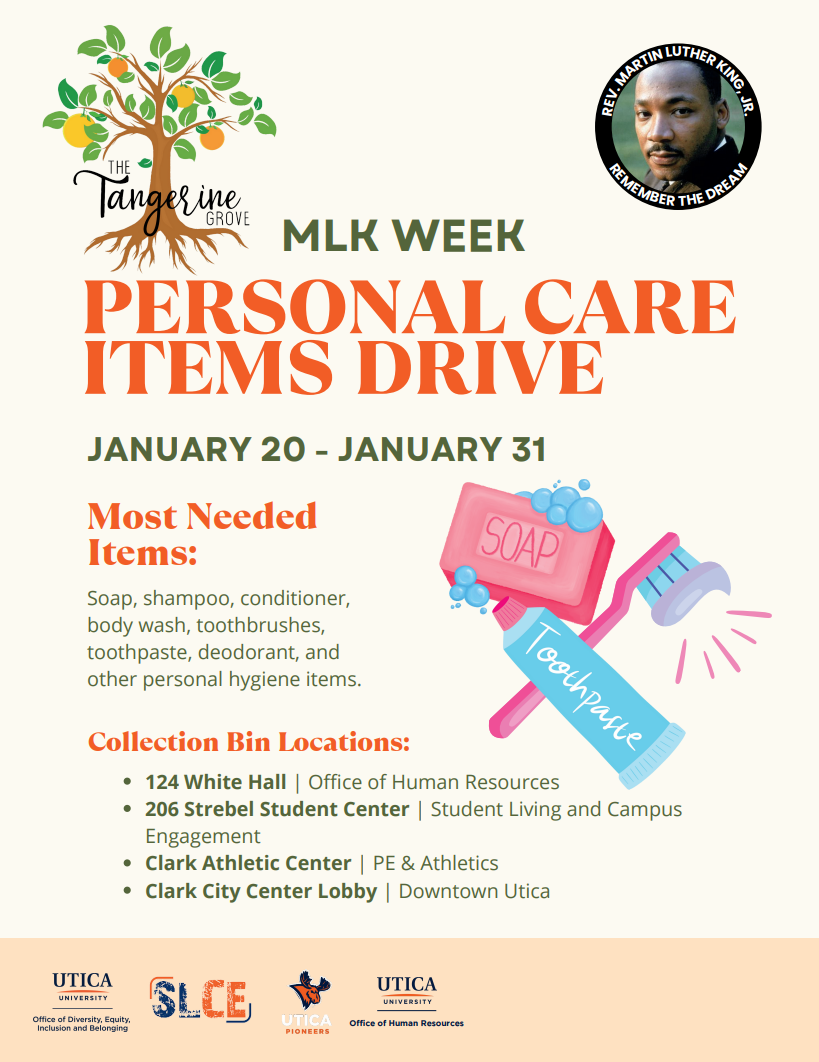










![President Todd Pfannestiel poses with Jeremy Thurston chairperson Board of Trustees [left] and former chairperson Robert Brvenik [right] after accepting the university's institutional charter.](https://uticatangerine.com/wp-content/uploads/2023/10/unnamed.jpeg)





